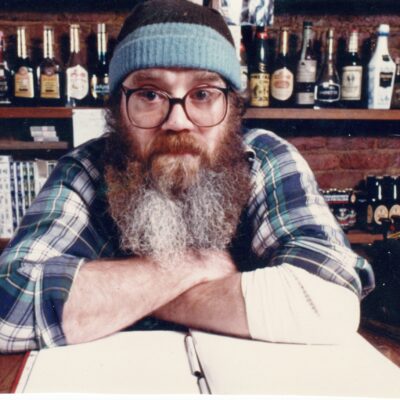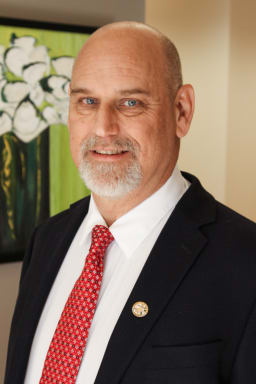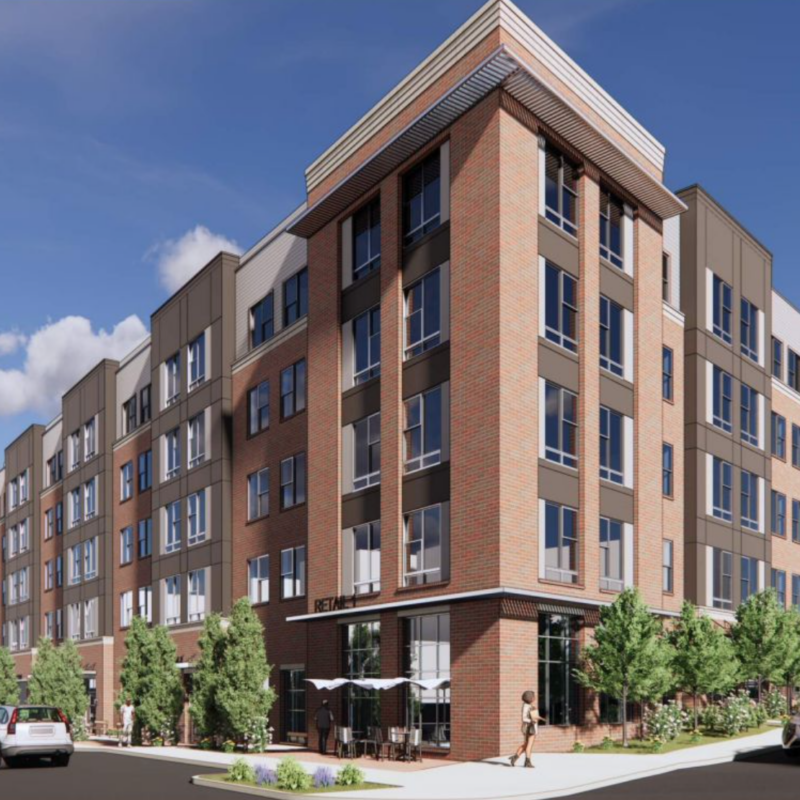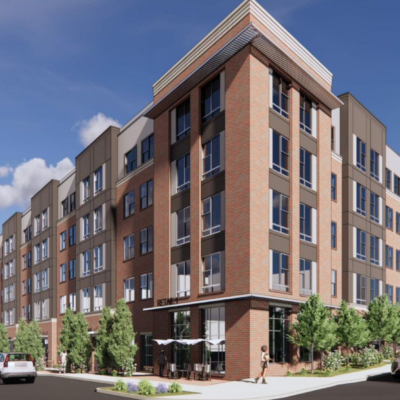When local photographer Billy Hunt set out to record the strange, temporary landscapes that result from clearing land for development, he at first shot the sites in the daytime. “They were really not interesting to look at,” he says. “Just a lot of dirt.” Seems obvious, until you visit his show (up at Café Cubano through the end of April) and see what he wound up doing instead: visiting the sites at dusk, making long exposures and revealing a weird beauty in the scraped soil and empty bulldozers.
The project carries the deadpan title “The Number One City in America,” and the accompanying statement makes clear the irony in this designation: “Previously untenable tracts of land are being transformed, aggressively and irrevocably,” it reads. Hunt’s own neighborhood, the Ridge Street area, is undergoing such a change right now with the Roy’s Place, Carter’s View and Brookwood projects (over 100 residential units altogether), despite his and other residents’ efforts to stop them. “My concern after having been involved with the process is I don’t feel like there’s a plan,” he says. “Charlottesville for a very long time has been pretty good at balancing [growth with quality of life]. In the last five or seven years, that balance has gone out of whack.”
 With images such as this one, local photographer Billy Hunt hopes to get people thinking about aggressive development. |
Disappointed in the civic process, Hunt hopes instead to get people thinking with his gorgeously mournful images. In “Burnet Commons #1,” a bare hillside stretches up and away from the viewer, layered with an inch or so of snow and patterned with bulldozer tracks. The dozer itself sleeps at the edge of the frame, almost as sentient as a cow. At the top of the hill, two nondescript houses and a beacon of a streetlight seem to presage the hastily built neighborhood that will soon occupy this slope.
Hunt says it was a tricky choice to make attractive pictures of destruction. “I want the images to be approachable for the vast majority of people who don’t think about this stuff very much,” he says. He also tried making pairs of photos, before-and-after views of developed sites. But, he says, “they were so different you couldn’t make the connection between the two.”
C-VILLE welcomes news tips from readers. Send them to news@c-ville.com.




